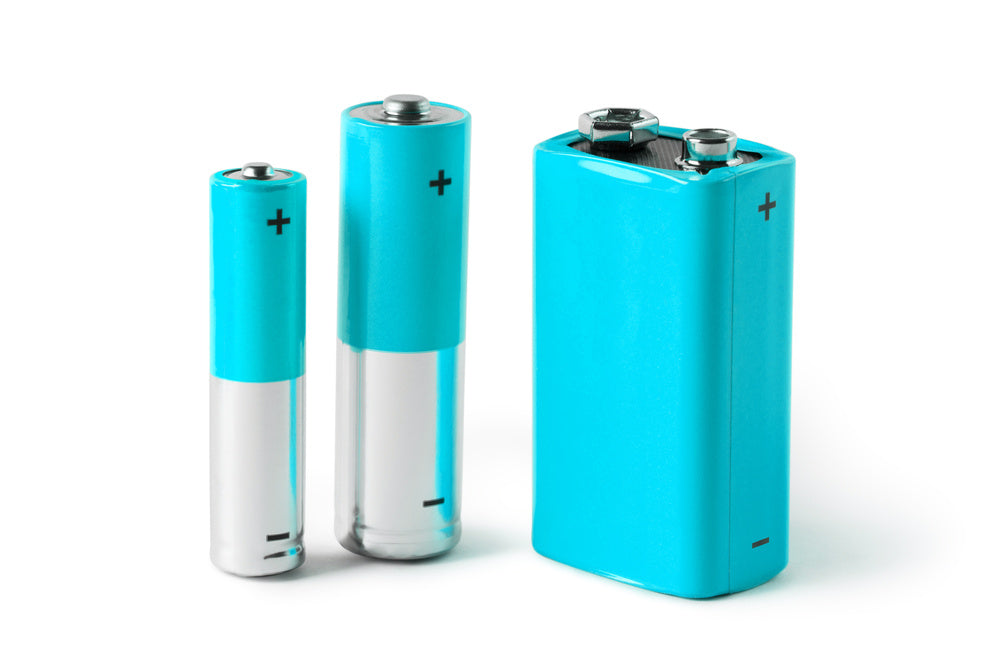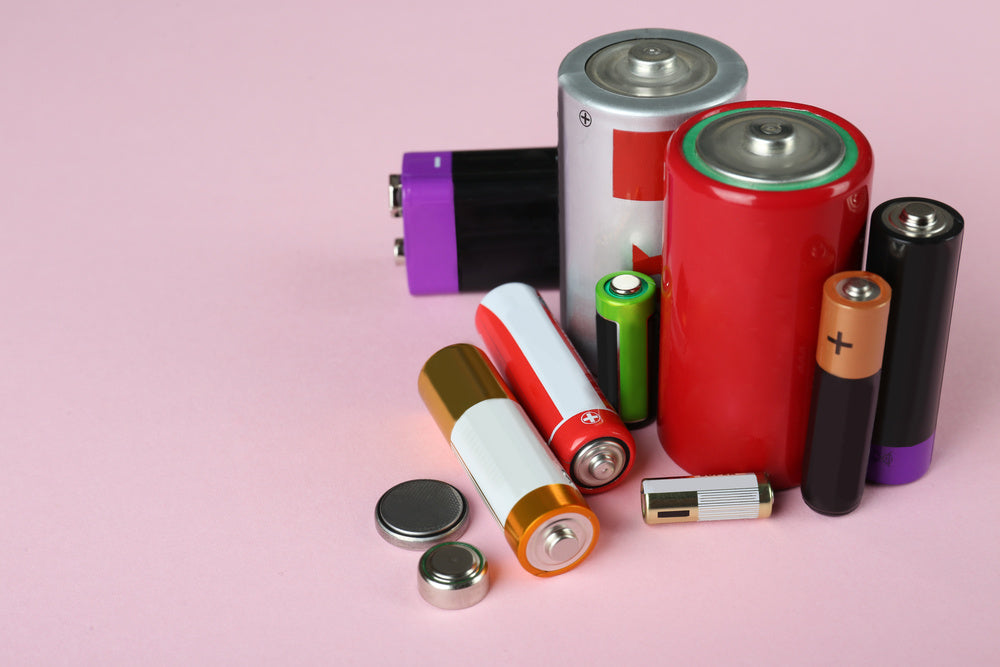Arduino Boards and 9V Li-Ion Batteries: A Perfect Match

It was 2005 when a group of students from Italy came up with a revolutionary microcontroller and the software to run it. They called their project Arduino. It was an instant hit and made it into the marketplace as an open-source technology freely usable and modifiable by anyone. Today, manufacturers and hobbyists the world over love Arduino boards. And guess what? They can be powered with 9V lithium-ion batteries.
You could say that Arduino boards and lithium-ion batteries are a perfect match. The boards themselves are extremely small. They are lightweight in terms of their power needs, and they can be expanded in unlimited ways to increase their functionality. The point of pairing an Arduino board with a 9V lithium-ion battery is portability.
More About the Boards
To the naked eye, an Arduino board does not look any different from any other circuit board manufactured with that telltale green plastic. But to someone who knows what they are looking at, an Arduino board in a veritable gold mine of tech capabilities.
In essence, an Arduino board is a microcontroller platform ideal for building interactive electronics. It includes multiple sets of digital and analog I/O (input/output) pins for connecting other devices. Those I/O connections are that which give the board its extendibility.
Imagine a wheelchair with LED lights attached to each of the rear wheels. The lights change color every half-minute or so. Sometimes they blink or flash rapidly. It is all controlled by a tiny Arduino board. Onboard software determines what the lights look like at any given time. Both the board and the lights are powered by a 9V battery.
Without the Arduino board and battery, the concept would not work. Why? Because a string of LED lights on a wheel needs to be a self-contained unit. The wheel must be able to rotate freely without interference from the lights, so you couldn't connect the string to an onboard computer or power source attached to the body of the chair.
Why Lithium-Ion Batteries?
Truth be told, you could power an Arduino board with any kind of battery as long as the voltage was correct. It doesn't have to be a lithium-ion battery. But the advantages of going lithium-ion make it the prime choice:
- Higher power density
- Lower weight compared to alkalines
- Consistent discharge rate
- 1000+ charge cycles
Some Arduino board designs include a USB port for charging. That way, you can install the battery and forget about it. It doesn't have to be removed for charging. You simply plug the board into your charger and leave it at that.
Easy Portability Makes a Difference
Powering an Arduino board with battery power means having a microcontroller with built-in portability. That portability makes a difference. It opens the door to all sorts of portable electronics that would otherwise not be as easy to produce. The Arduino boards have been built into many consumer electronics that we take for granted.
Even more exciting are all the capabilities accessible to hobbyists. Any hobbyist who understands the basics of microcontrollers can build any number of devices to do everything from running an LED light display to enhancing a custom home automation environment. When paired with rechargeable 9V lithium-ion batteries, an Arduino board doesn't have to be attached to a hard-wired power supply. Imagine the possibilities.
If you are an electronics hobbyist and are into Arduino boards, we recommend Paleblue rechargeable 9V batteries for all your compatible projects. Lithium-ion batteries are clearly the best choice for powering Arduino projects. Why use any other type of battery?







